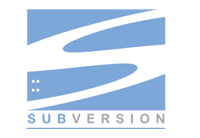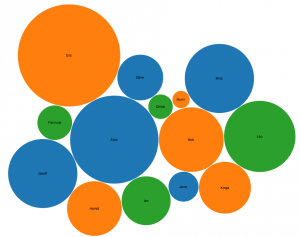Highlights
With the end of the ORDS early-life support project approaching the project team have been working hard to iron out bugs and set up the support and maintenance for the ongoing service. The service will be offered by research support (working with researchers), software solutions (will own code maintenance and development) and sysdev (management of servers) teams in IT Services. We aim to make ORDS an important tool in the research data management lifecycle i.e. for storing and developing databases during the ‘active’ phase of a research project, and facilitating the deposit to a preservation service such as ORA-Data. ORDS is currently free for early adopters but in future we will need to ask researchers to add a cost line item to their research grants. It will therefore be important for us to continue working closely with the Bodliean Libraries and Research Services.
We’ve been advising the BRISSKit project based within the University of Leicester. BRISSKit is an open source software platform for conducting biomedical research. It is deployable either locally or in the cloud and it enables biomedical and translational researchers to securely manage and combine datasets. BRISSKit grew from funding provided by JISC and HEFCE, and is now a strategic project for the newly reformed Jisc, and will likely make use of the Jisc Shared Data Centre.
The OxGAME project has now been transitioned to the Shallows Seas project and we will watch and learn how Unity can be used to in active research projects i.e. as a novel approach to interviewing and questionnaires. There are already a number of academics at Oxford interested in exploring this technology at the Geography department.
We’ve worked FrontRange HEAT into our processes and are learning how to use this to coordinate our work with other teams in IT services.
We also hosted Rupert another local work experience student.
Progress against plans for last 3 months
- Service transition for ORDS is on track
- Live data PID completed and funded by the Research IT board
- FR Heat embedded in our MO
- Blender 3D proposal submitted to the Innovation fund
- Research data documentary film still underway
Plans for next 3 months
- Ensure we have met our budget target
- Finish ORDS ELS
- Finish this year’s Clarin Eric and Clarin OeRC engagement
- Publish research data video to iTunesU and podcasts.ox.ac.uk along with other talks filmed as part of ‘things to do with data’ and ‘data visualization’ talks
- Welcome our new recruit
- Setup closer working practices with the Bodliean Libraries
- Enjoy annual leave











